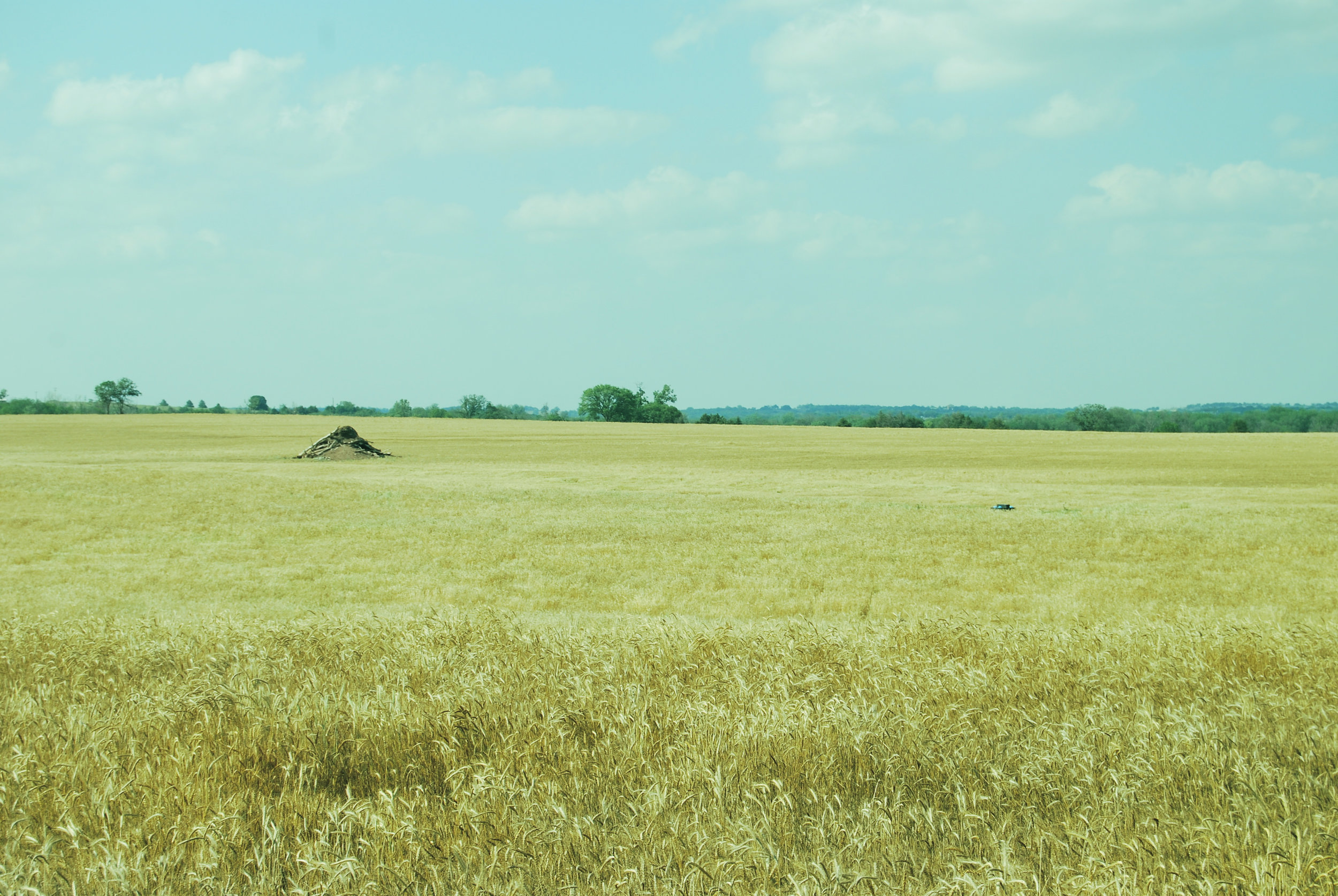 St. Stephen lies amidst a battalion of haystacks somewhere in Middle America. He has been here for hours now staring up at the clouds and watching the wrens dodge the crows. It’s a nice break from acting as a saintly muse for Baroque artists who paint him carrying tiny churches and forever being stoned.
St. Stephen lies amidst a battalion of haystacks somewhere in Middle America. He has been here for hours now staring up at the clouds and watching the wrens dodge the crows. It’s a nice break from acting as a saintly muse for Baroque artists who paint him carrying tiny churches and forever being stoned.
Do you think martyrdom is easy? he whispers in their ears. Do you think this is what I’d always wanted? I had plans. I wanted to work with my hands, too. But the painters don’t hear him because he’s dead. They only paint, paint, paint. Incessantly memorializing the last moments of his life, and willfully forgetting every other recorded moment of his existence. Like the time he saw that vision of God and God spoke to him and He seemed like a perfectly nice, normal guy. Or the time Jesus cured his horse. Now that was a beautiful moment. But no. It has to be a tragedy with these guys. It has to be the time a bunch of pious jerks threw a bunch of really dense rocks at his face until he died. These artists want the blood and the guts and the “St. Stephen, Yes. He died so fearlessly. He was our first martyr.”
But this is what they don’t tell you. This is what the artists don’t know. Rocks take forever to kill you, and they never aim for the head at first. The idea is to crush your lungs and your gut. They want you to think, to comprehend your pain. Not just feel it. Know it. They want you to understand that, even though ending a life is actually quite easy, destroying the body is an undertaking. It takes many hands and many stones. They stone you until you’re an expert at dying.
And then eventually you do die.
And this is how they want to remember him.
Even the prayers for intercession are preoccupied with his death. For two centuries now, people have invoked his name, praying for patience, for guidance, for deliverance in times of trouble. The tribulation of his stoning has become an allegory for final exams, bankruptcy, venereal disease, childbirth, prison, even a broken right thumb. And the list goes on. It’s not that he doesn’t want to help. He loves these people. He wants them to walk through life unscathed and unafraid. But he doesn’t understand the parallels the people behind these prayers insist on forcing. And frankly, he’s sick of the reminders. He sits up in the grass and whispers the words of his own prayer to the birds: May the serenity and peace which were yours at the hour of your stoning be ours as well as we wait in hope for the coming of the Lord Jesus who lives and reigns forever and ever. Amen.
Serenity, they say. Peace. They can’t be serious. I was being stoned to death, he says, I cried out to God to make the pain stop. Life isn’t a stoning. Death. That’s a stoning. Even now he can hear the prayers of scared people in Denmark and Nebraska. By the grace of his martyrdom, they ask him to grant them salvation from a failing relationship and algebra, respectively. He digs his heels into the dirt and sighs.
It’s not what you want, he says to the birds as they zip and dive. It’s not what anyone wants. I didn’t want to die. I very much liked being alive. Well, except for the lack of antibiotics, but God wanted me to live, too. He told me so. He gave me lemonade and said I was doing a good job. He cried when I showed up all bloody and smooshed in. I didn’t want to die. But I am dead. I’m dead. And I can’t go back.
Some wrens land near him and peck at the ground. Their eyes are blank and unaware. They can’t see the incorporeal man in the grass, can’t hear him quietly sob for what he’s lost, what the world thinks he’s gained. A crow swoops lazily into the throng of small birds and sends them in a scatter. St. Stephen leans back in the grass and listens to the soft shudder of their wings against the air.
...
Annie Bilancini lives and writes in Cleveland, Ohio. She has been published in matchbook, A Capella Zoo, and Booth Journal, and she has work forthcoming from Rubbertop Review. She helps co-edit Threadcount Magazine, a journal for hybrid prose.
